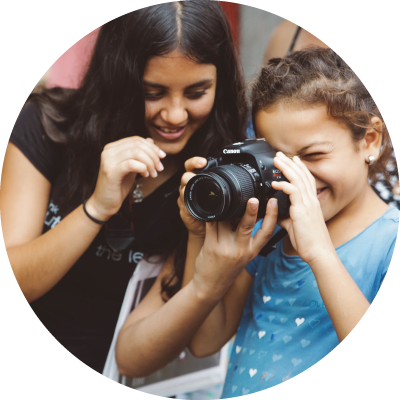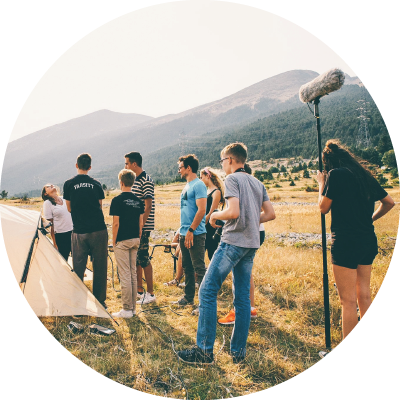Photography Tips
In photography, vantage points refer to the perspective (high angle, low angle, straight angle etc.) in which photos are taken. For many of us, we tend to shoot at eye-level and rarely think to lay on the ground or hover over our subject.
Vantage points are a great way to practice perspective and make us aware on how our body is position during a photo shoot. Below are six types of vantage points that will instantly improve the quality of your photographs!
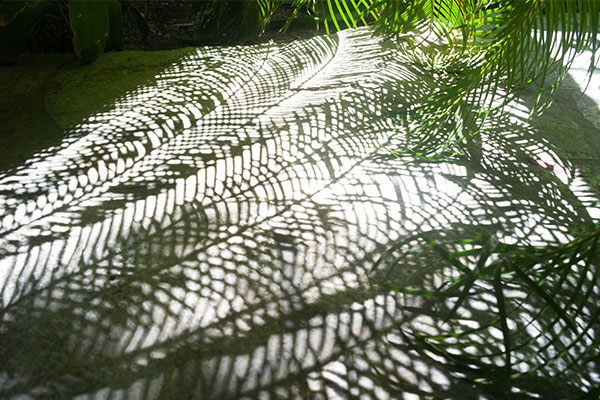
CLOSE-UP
The close-up shot allows you to get up close and personal to your subject, often
transforming the way we would ordinarily perceive it. From afar, the shadows
might not be as interesting—you might just see the shadows from a potted plant
out of the corner of your eye, but framing it as a close-up they become front
and center, the focal point of the image.
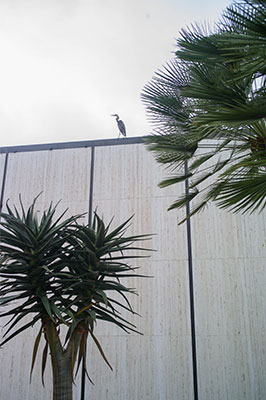
LONG-SHOT
The long-shot, the
opposite of the close-up, it allows the photographer to step back and frame
from afar. Think about how this photograph would be different if the bird was
zoomed in—the picture would not be about the bird as part of a larger scene—it
would just be about how that bird looks. Long shots are great for capturing
larger scenes, or for capturing how a subject looks in a larger environment.
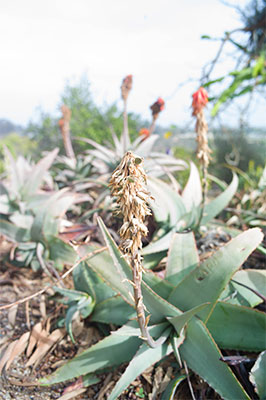
DIRECT SHOT
Sometimes the focal point of your image is front and center, and this is when
you can use the direct shot. It is clear what the subject of the photograph is,
the brown plant past its prime, an early bloomer perhaps stripped of its
colorful flowers while the colorful flowers in the background sing, but remain
where they are—in the background.
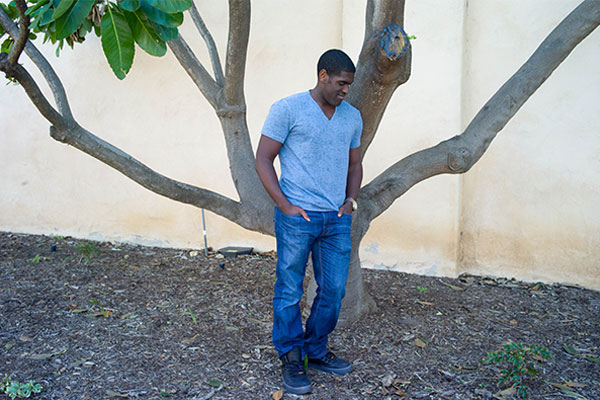
PROFILE
A profile shot features the side of the subject, as opposed to the front. It’s
easier to understand this concept with a portrait of a person’s face or body
turned to the side. In this shot, the expression on the man’s face is evident,
though no longer the focal point because his head is turned away. Because his
expression is not the main focus of the picture, we can focus on other things
the photographer intends to bring out, like how the subject rests between the
tree trunks that frame him, his greater gesture of how he stands beyond the
expression on his face.

BIRD'S EYE VIEW
A bird’s eye view need not literally be taken from up in the sky—it just refers
to a shot where the camera is positioned above the subject being photographed.
In this shot, the cacti were below the photographer, and the shot reflects this
sense of looking down. This shot would look different if taken from the same
level as the cacti flower buds—it would become a direct shot at that point.

WORM'S EYE VIEW
Worm’s eye view shots are often fun to shoot—point your camera up to the sky, or up in any case and see what you can find! If these sunlit leaves were at the same height as the photographer it would look completely different than looking at them from this vantage point, where the subject is clearly above the camera.
Now that you're familiar with vantage points, it's easy to understand how perspective plays an important role in photography. If you're interested in learning other ways to improve your photography skills, register for a Photo 101 or Next-Level Photography class with Outside the Lens under our Workshop page!

